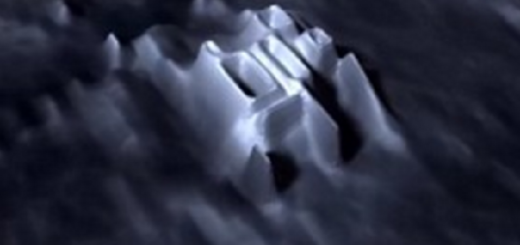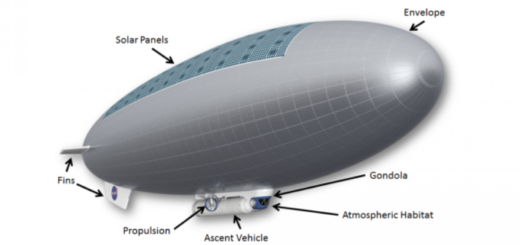What is going on at Area 51?

In this April 10, 2002, file photo, a car moves along the Extraterrestrial Highway near Rachel, Nev., the closest town to Area 51. (AP Photo/Laura Rauch, File)
The tragic death of Lieutenant Colonel Eric Schultz last week on a weapons testing range in Nevada has attracted an inordinate amount of interests.
And it’s because of what we don’t know.
The US Air Force has pointedly refused to reveal what aircraft he was at the controls of when the fatal accident occurred. It also took them three days to even admit his death.
This is in stark contrast to another accident, at the same range, in the same week. Details of an accident involving two A-10 ground-attack jets which forced their pilots to eject were released within hours.
So what could possibly cause such reluctance to reveal the circumstances of Schultz’ death?
“I can definitely say it was not an F-35,” Chief of Staff of the Air Force General David L. Goldfein stated at the weekend.
He was responding to speculation that this accident involved the highly controversial stealth fighter, and that this was being covered-up to protect its already bruised reputation.
The F-35 Lightning II has recently suffered several engine fires — one of which injured a pilot. It has also been the subject of warnings surrounding its ejection seat which — when combined with the weight and shape of its advanced helmet — could break the neck of its pilots.
But it wasn’t and F-35.
So what was it?
The USAF is remaining tight-lipped.
All we know is the unspecified aircraft crashed about 6pm some 200km northwest of Nellis Air Force Base in the Nevada Test and Training range. This range is also home to the extremely secretive “Area 51” research and development facility.
Everything from crashed alien spacecraft to the next-generation Blackbird ultra-fast surveillance jet are said to be housed here.
But we don’t actually know. It’s secret.
The USAF also admitted the unknown aircraft was being operated by the Air Force Materiel Command. This is the unit that funds and operates aircraft research — and facilities like Area 51 (Groom Lake).
So analysts have been pouring through declassified reports into activities in the Nevada area to glean whatever clues they can.
STEALTH COUNTERMEASURES: It was reported last year that the famous F-117 Nighthawk attack jets — used to eliminate Saddam Hussein’s air defences in the opening minutes of Operation Desert Storm in 1990 — had been brought back from retirement. Aviation enthusiasts captured its distinctive shape in the air, and on the ground, around the Groom Lake (Area 51) facility. Analysts speculate examples of the aircraft may have been reactivated to further test stealth technologies amid fears new Russian and Chinese sensors may have already negated much of the ultra-expensive F-35’s stealth advantage. But the return of the F-117 has not yet been admitted by the USAF.
THREAT EVALUATION: There is evidence the United States may have gotten its hands on one of Russia’s most capable combat jets — the Su-27P. While it first entered service in 1985, this jet is the basis upon which many of Russia’s current frontline warplanes have been built. These are widely regarded to be more manoeuvrable than equivalent Western aircraft, such as the F-15 Eagle and F-18 Hornet. At least one of these was seen engaged in a mock dogfight with a USAF F-16 Falcon near Area 51 late last year. The presence of these Russian-built aircraft has not been officially admitted, however, and explaining away a fatal crash involving one could prove an unwanted embarrassment for the Pentagon.
NEXT-GENERATION BOMBER: In January 2016, the Pentagon announced it had chosen a design to replace its ancient fleet of B-52 bombers, as well as its 1980s-era B-1B Lancer bombers. The $55 billion Northrop Grumman B-21 Raider is supposed to be a cut-price stealth design, building upon the technology already established by the B-2 Spirit. But everything about the project — including its true budget — is top secret. Whether or not a flying prototype of the B-21 exists is uncertain, but there was speculation in 2015 that Northrop Grumman had taken the gamble of building one to help it win the lucrative deal. Such a prototype would almost certainly undergo secretive testing in a location like the Nevada range.
This story originally appeared in news.com.au



 Creators of mankind
Creators of mankind Description of “Tall white aliens”
Description of “Tall white aliens” Where they came from?
Where they came from? About hostile civilizations
About hostile civilizations The war for the Earth
The war for the Earth “Tall white aliens” about eternal life
“Tall white aliens” about eternal life Video: “Nordic aliens”
Video: “Nordic aliens” Aliens
Aliens Alien encounters
Alien encounters The aliens base
The aliens base UFO
UFO Technology UFO
Technology UFO Underground civilization
Underground civilization Ancient alien artifacts
Ancient alien artifacts Military and UFO
Military and UFO Mysteries and hypotheses
Mysteries and hypotheses Scientific facts
Scientific facts


















